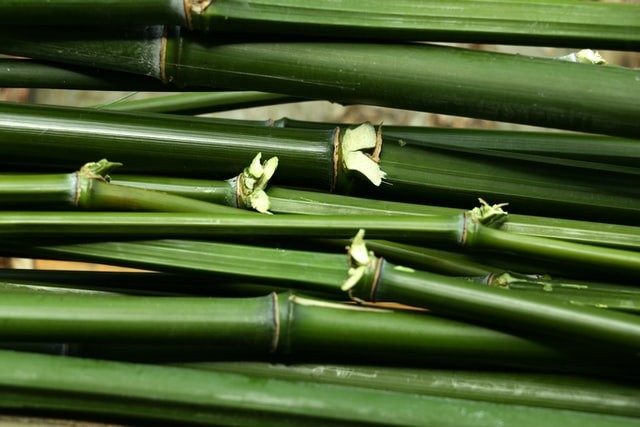Only a small portion of the tens of thousands of non-native species started growing in British gardens escaped to becoming invasive.
However, the phrase invading non-natives has a slightly Farage-esque feel to it.
Coming in the UK, these alien plants steal nutrients, confuse pollinators, and wipe out biodiversity.
Killer plants

Alastair Fitter, a plant ecologist and the author of The Wildflowers of Britain and Ireland, explained that there is a 1/1000 chance that any new garden plant you introduce will turn out to be a pest, as per The Guardian.
Additionally, non-native plants enhance our environment with color and beauty, and most pollinators don't care what they pollinate.
Native does not necessarily imply advantageous either.
According to Fitter, many native species are highly invasive. Like bracken, it has dominated the majority of the uplands.
However, there are serious problems when an alien or non-alien plant becomes too viable. According to Fitter, anything extremely abundant sows the seeds of instability.
The non-native nasties on the opposite side are dreadfully viable at out-competing native flora; most are destructive, and one is dangerous to humans.
Also, be cautious about how you dispose of it because fly-tipping is a major issue that can cause an unchecked spread. The Environment Agency prefers that they not be relocated at all, so burning or composting is best.
According to David, if they are composted correctly and the compost heap's center reaches the proper temperature, the plants will be killed off.
Gardeners can also keep an eye out for potential triffids because they are in the best position to recognize whenever a new non-native species may start to pose a threat.
Japanese Knotweed
Even when you believe you have defeated the plant bogeyman, Japanese knotweed can still invalidate your mortgage offer and grow through concrete.
The root system of the plant, which may be dormant for up to 20 years before reviving, may happen through your foundations and develops to a height of two to three meters, but more significantly, it does so as well.
It must be disposed of as hazardous trash since it is the asbestos of the plant world.
Giant Hogweed
You're familiar with the cow parsley that crafters and Instagram users alike adore? Imagine that, though, only it would be up to five meters tall, incredibly intrusive, and extremely harmful to you.
Furocoumarin, a substance found in the sap of gigantic hogweed, makes the skin very photosensitive, resulting in painful burns and blisters when someone who has touched it is exposed to sunlight.
Over months or even years, the effects on the skin may return. Originally from the Caucuses, giant hogweed was brought to the UK in the middle of the 19th century, and we have been attempting to put the genie back in the bottle ever since.
Himalayan Balsam
According to Jonathan Dent, who is in charge of balsam eradication at York nature reserve, St Nicks, Himalayan balsam "grows extremely rapidly, doesn't need much in the way of water and nutrients and it can go up above all our native plants and shade them out."
Himalayan balsam outcompetes other plants by forming monocultures, as do the majority of troublesome invasives. Additionally, it annually withers away to nothing, "leaving bare soil along the riverbanks that might get washed away."
Japanese knotweed in Worcester park
Dennis Hodson claims he has notified council staff about his home in Tunnel Hill, which backs up to the King George V Playing Fields, but so far nothing has been done, as per Worcester News.
Hodson, a dedicated gardener, claimed that he used a weedkiller a few years ago to rid his garden of the troublesome plant.
Because of its creeping root system, Japanese knotweed spreads quickly and can grow in most types of soil. A new plant can be created from just 1cm of the rhizome, or root, so it is also capable of spreading by getting a tiny piece of the plant on your shoe.
You must prevent Japanese knotweed from trying to spread off your property, according to the Environment Agency. Unless it is causing a nuisance, you are not required by law to remove it from your property, but you may face legal consequences if you allow it to spread into the wild.
Hodson, who formerly owned a gardening company, claims that he used a potent weed killer to get rid of it from his borders. It is advised that those without enough experience hire professionals to remove it from their property.
The Japanese knotweed is present at King George V Playing Fields, and a representative of Worcester City Council said: Our specially qualified employees will stem-inject the plants within coming days.
© 2025 NatureWorldNews.com All rights reserved. Do not reproduce without permission.





